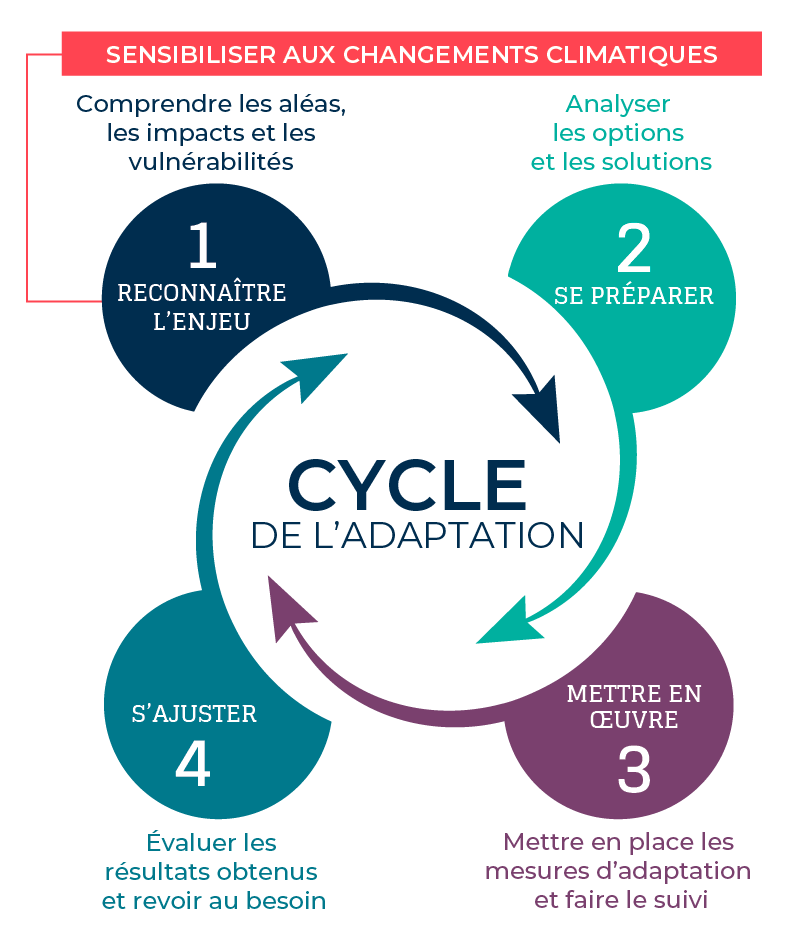Trump's China Trade Negotiation: Focus On Tariff Relief And Rare Earths

Table of Contents
Tariff Relief Measures and Their Impact on US Businesses
Trump's trade policy with China involved significant tariff increases on a wide range of Chinese goods, aiming to address the large US trade deficit and protect American industries. However, the administration also pursued tariff relief measures through negotiated agreements.
Phase One Deal and Subsequent Tariff Adjustments
The "Phase One" trade deal, signed in January 2020, represented a significant shift in the trade war. This agreement involved China's commitment to purchase a substantial amount of US agricultural products and other goods, alongside some tariff reductions.
- Tariff reductions: Specific tariffs on certain agricultural products, like soybeans, were lowered or eliminated.
- Increased Chinese purchases: China pledged to significantly increase its imports of US goods, aiming to reduce the trade imbalance.
- Intellectual property protections: The deal included provisions designed to strengthen intellectual property rights protection for US companies in China.
However, the impact of these tariff reductions varied across US industries. While the agricultural sector experienced some relief, other sectors faced continued challenges due to ongoing tariffs and supply chain disruptions.
Uncertainties and Future Tariff Policy
Despite the Phase One deal, uncertainties surrounding US-China trade policy persisted. The Trump administration continued to threaten additional tariffs, and the overall trade relationship remained tense. This uncertainty created instability for businesses, hindering investment and long-term planning.
- Ongoing disputes: Even after the Phase One deal, disputes remained over various trade issues, including technology transfer and intellectual property.
- Economic impact: Tariff fluctuations created volatility in the US economy, impacting consumer prices and business investment decisions.
- Long-term effects: The long-term consequences of the fluctuating tariff policies on US economic growth and competitiveness are still being assessed. The implications of a prolonged trade war and tariff escalation remain a critical area of study for economists.
The Strategic Significance of Rare Earths in US-China Relations
Rare earth minerals, a group of 17 elements crucial for various high-tech applications, emerged as a central point of contention in US-China relations. China's dominance in rare earth production and processing presented a significant vulnerability for the US.
China's Dominance in Rare Earth Production and Processing
China controls a substantial portion of the global rare earth market, controlling both mining and processing capabilities. This dominance poses a serious risk to US national security and technological advancement, as rare earth elements are essential components in numerous defense systems and consumer technologies.
- Supply chain vulnerability: US reliance on China for rare earths created a significant vulnerability in its supply chain, potentially impacting critical industries.
- Technological dependence: The US dependence on Chinese rare earth processing created concerns regarding technology transfer and potential manipulation of supplies.
- National security implications: The concentration of rare earth production in China raised serious national security concerns for the US.
Negotiating Access and Diversifying Rare Earth Sources
In response to China's dominance, the Trump administration and subsequent administrations explored several strategies to reduce US dependence on China for rare earth minerals. These strategies include:
- Domestic production: Incentivizing domestic rare earth mining and processing to bolster US self-sufficiency.
- International partnerships: Developing stronger relationships with other rare earth-producing countries to diversify supply sources.
- Recycling initiatives: Investing in rare earth recycling technologies to recover and reuse these valuable materials.
The Role of Rare Earths in Technological Advancement
Rare earth elements are indispensable for a wide range of advanced technologies, including:
- High-tech manufacturing: They are crucial components in smartphones, computers, and other consumer electronics.
- Green technology: Essential for electric vehicle motors, wind turbines, and other renewable energy technologies.
- Military hardware: Used in advanced weaponry, radar systems, and other defense applications.
Disruptions to the rare earth supply chain could severely hamper technological innovation and economic growth.
Assessing the Legacy of Trump's China Trade Negotiation on Tariff Relief and Rare Earths
Trump's approach to both tariff relief and rare earth dependence left a complex and lasting legacy. While the Phase One deal provided some tariff relief, it didn't fully resolve underlying trade tensions. The focus on rare earths highlighted a significant vulnerability in the US supply chain, emphasizing the need for diversification and increased domestic production. Both tariff policy and rare earth security remain critical aspects of US economic and national security strategy.
To fully grasp the long-term implications of Trump's China trade negotiation, further research is essential. We encourage readers to delve deeper into the intricacies of US-China trade relations, the dynamics of the rare earth market, and the ongoing efforts to secure a more resilient and diversified supply chain for critical minerals. Continue researching "Trump's China trade negotiation" and its lasting impact on US economic policy to better understand its future ramifications.

Featured Posts
-
 Thermal Club Warm Up Palou Sets The Pace Ahead Of Dixon
May 12, 2025
Thermal Club Warm Up Palou Sets The Pace Ahead Of Dixon
May 12, 2025 -
 Le Chemin De Jose Aldo Adaptation Et Succes
May 12, 2025
Le Chemin De Jose Aldo Adaptation Et Succes
May 12, 2025 -
 Big Win For Tennessee 12 1 Victory Against Indiana State
May 12, 2025
Big Win For Tennessee 12 1 Victory Against Indiana State
May 12, 2025 -
 Kya 62 Salh Tam Krwz 36 Salh Adakarh Se Mhbt Myn Mbtla Hyn
May 12, 2025
Kya 62 Salh Tam Krwz 36 Salh Adakarh Se Mhbt Myn Mbtla Hyn
May 12, 2025 -
 Itv 4s Kojak A Comprehensive Viewing Guide
May 12, 2025
Itv 4s Kojak A Comprehensive Viewing Guide
May 12, 2025
